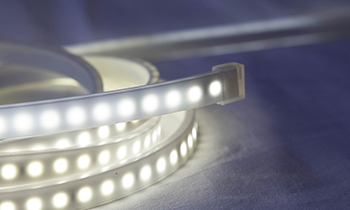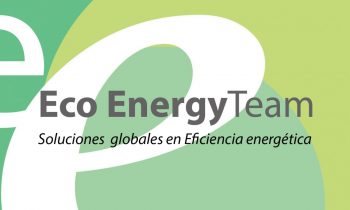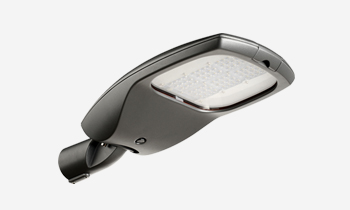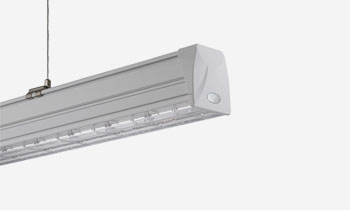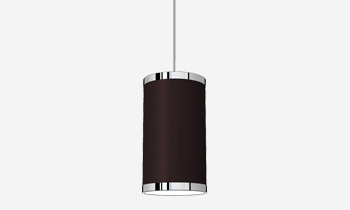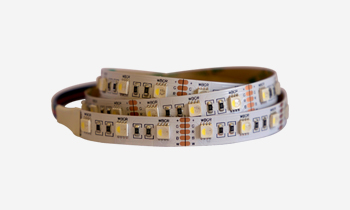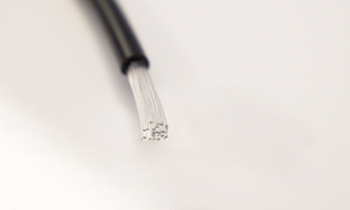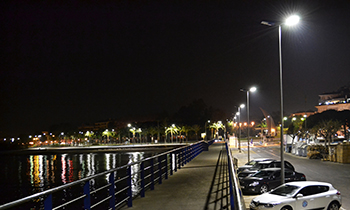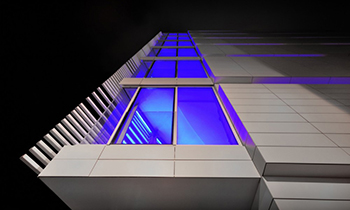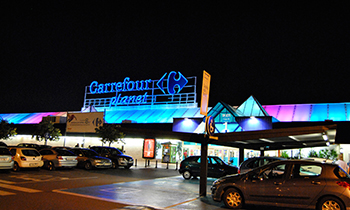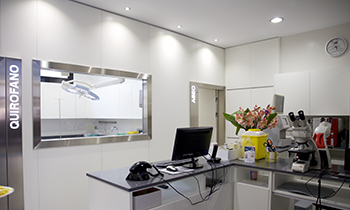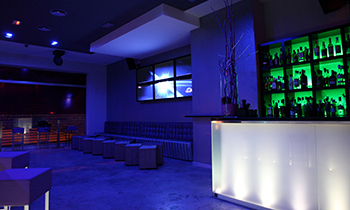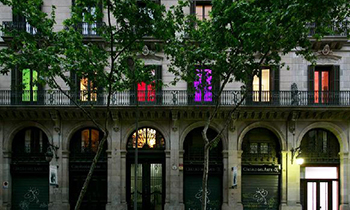At present, it is very common to hear about LED lighting, its low consumption and great savings, that are the most sustainable light bulbs that exist and those that least damage the environment, etc. But … is it known to what extent LED lighting has advantages in our health and our behavior?
Research in Human Centric Lighting is based on the adaptation of light to the corresponding needs of the user to achieve a maximum quality of lighting. Light serves not only to orient us visually and to move us in the world in which we live. Some wavelengths in the light spectrum have a significant influence on our physiology. Concentration ability, productivity and performance, circadian rhythms and, in general, our well-being, can be altered by inadequate lighting.
Since today the benefits of LED are more than proven, advances in this technology can focus on providing real value to improve the quality of life of people, going beyond economic, energy and environmental reasons. That is, to influence aspects that have to do with comfort, behavior and human health through the exhaustive studies about intensity, spectrum, spatial and angular distribution… among other things.
It is a very broad and yet unexplored field since our brain consists of a really complex structure and processes and manipulates sensory responses with great mastery. We may become convinced that we feel in a certain way, when our body is actually telling us that it feels something completely different. In addition, it is known that there is an early response to the illumination that escapes our conscious control, since we can find it in primitive organisms that existed long before there were humans, or animals.
How does light influence people?
Light (both visible and invisible) influences the biochemistry of the brain, endocrine systems and metabolic processes, so you have to move towards the goal of achieving a generation of light that improves the human experience.
Studies at Human Centric Lighting base their efforts on three closely related aspects that can not be studied in isolation: the visual, non-visual and emotional effects of light.
1. Visual effect: to make the light visually effective to achieve what we want: highlight a particular area, achieve homogeneity, etc.
2. Non-visual effect: imperceptible to the human eye, but perceptible to our brain. Light can have an activating or tranquilizing effect that regulates our biological rhythms.
3. Emotional Effect: undoubtedly light generates emotions in the human being. That’s why, when the sun feels more cheerful and when it rains several days in a row, we feel more dull and melancholy. LED lighting can induce controlled and very precise, certain emotions in us.
Scientific studies in Human Centric Lighting are basically focused on the development of psychological and physiological benefits in humans through the design of various types of lighting:
– Circadian lighting:
The spectral composition of natural light changes throughout the day with the passage of hours. This change is what makes our biorhythms, our circadian rhythms stable. Let us wake up when the sun rises and we go to sleep when it is night.
A lighting design adapted to the circadian rhythms will offer us the possibility to control the spectral composition during the course of the day in analogy to daylight (a colder light is the hours of activity and a warmer light in the previous relaxation hours To sleep).
– Dynamic Lighting:
Light with cold white tint (with a high blue component) has an activating effect on the organism. Increases performance, productivity and concentration.
– Relaxing Lighting:
Light with warm white hue (with a high red component) has a relaxing effect on our body.
– Emotional Lighting:
Light warm white, cold white, natural white or color. The needs, tastes and perceptions of the people are very personal and also depends on their situation. That is why the lighting must also be able to adapt to the atmosphere, the moment and the mood.
Do not hesitate and move to LED with Goodwork.


